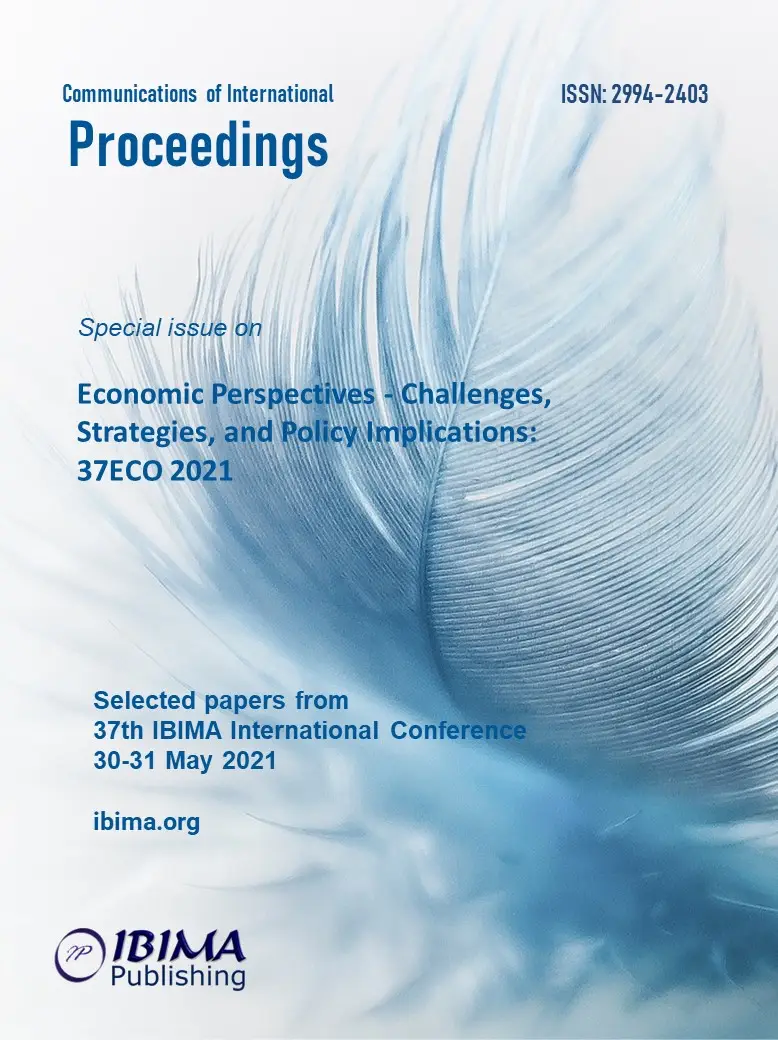
Petr PAVLIK
University of Economics and Business, Czech Republic

This paper examines relationship between state aid provided to banks and selected indicators of banking system. In difference to previous studies that link bank failure with low level of core capital or high percentage of NPLs, this study takes broader approach. First, I examine relationship between pre-crisis value of core FSI indicators and public aid used to support banks during crisis period. Surprisingly, there is no statistically significant relationship between them. Subsequently, I conduct similar test with indicators of magnitude of banking sector, such as assets and credit volumes. Unlike the first group of indicators, I find out statistically significant relationship between banking system magnitude variables and the public aid used to support financial institutions during 2008 – 2018 period.
These aggregate results on country level suggest that state aid to banks within EU might not have been related to the real impact of the crisis on banks. Instead, the amount of public aid used seems to be to great extent determined by the size of the banking sector of each country. The paper calls for full data disclosure on state level and a common approach to public aid to support financial institutions across EU. This concerns definition of sector-wide rules for public aid to banks based on forward-looking indicators. Such indicators could be based on reviewed set of those FSI indicators that truly reflect risks of bank failure, leaving behind current rules that prioritize bank magnitude. Such an update of the EU state aid rules would encourage efficient use of taxpayers’ money as well as fair competition among banks from different countries.